Purslane is a common edible wild food that grows throughout the world and has more recently become a popular cultivated salad green. Purslane contains the highest amount of alpha linoleic acid (which is the precursor to omega-3 fatty acid) and vitamin A out of any of edible plant which makes it one of the most nutrient rich green leafy vegetable to eat. Purslane also contains CoQ10, glutathione, dopamine, and melatonin which can not only can help regulate your sleep cycle, but also inhibit cancer growth as well. Purslane is excellent for boosting the immune system, improving vision, sharpening cognitive abilities, and strengthening the cardiovascular system. It is also great for helping to improve the effectiveness for treatment for bipolar disorders, schizophrenia, hyperactivity, depression, autism, ADD, and Alzheimer’s disease. Purslane is a rich source of vitamins C & B-complex and minerals such as calcium, magnesium, iron, and manganese. Purslane contains a betalin alkaloid that has anti-mutagenic properties that can help to prevent or slow down the growth of tumors in the body. Purslane also contains powerful anti-inflammatory properties and is an ideal food for those suffering with autoimmune disorders such as fibromyalgia, rheumatoid arthritis, chronic fatigue syndrome, COPD, irritable bowel syndrome, and lupus. Purslane is known to be good for hemorrhoids, diarrhea, dysentery, constipation, and parasites. In ancient Egypt, purslane was used to help prevent and treat heart disease, heart failure, and stroke. Purslane leaves are crisp, chewy, and succulent with a mild lemony taste. It is a perfect addition to fresh vegetable juice and it also blends well with other herbs and leafy greens in a salad. The whole plant can be steamed, sauteed, or added to soups or stews. It’s mucilaginous texture gives it a thickening power similar to okra. Purslane can be often be found at your grocery store or farmer’s market alone or in a salad mesclun mix.
Here are several links found to give your more info for this interesting plant:
Recipes for purslane from Prairieland Community Supported Agriculture, Prairieland CSA, PCSA
And another Blogger has some very interesting info and good photos of the plant:














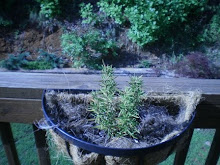
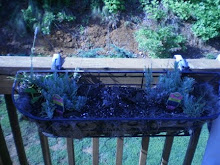
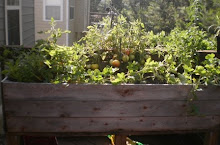
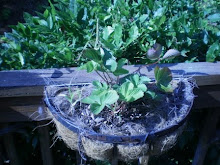
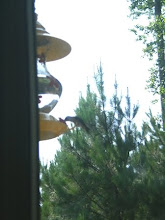









No comments:
Post a Comment